Celebrate native bees and other pollinators
Do you enjoy juicy watermelons, local blueberries and strawberries and fresh Florida orange juice? How about carrots, broccoli, almonds and apples? If you do, please thank an insect.
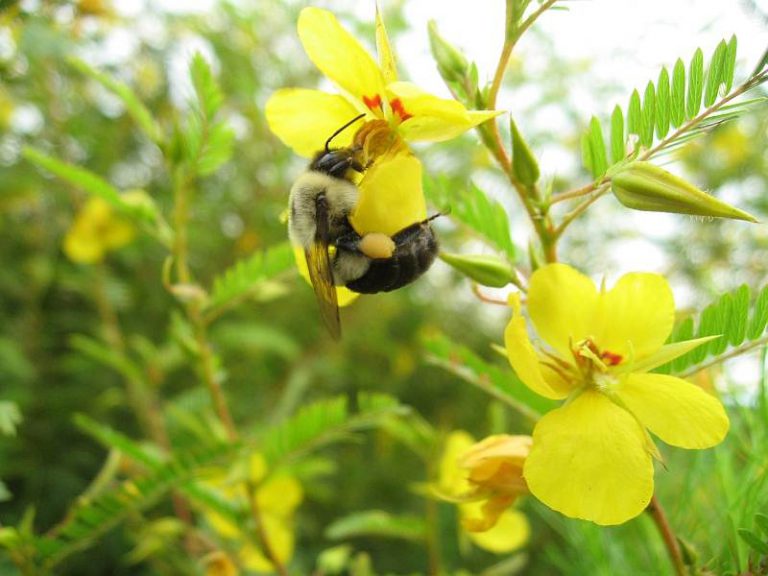
Do you enjoy juicy watermelons, local blueberries and strawberries and fresh Florida orange juice? How about carrots, broccoli, almonds and apples? If you do, please thank an insect.

This bloom report is from spring 2015. In the Apalachicola National Forest, drive County Road 375 (Smith Creek Road) from SR 20 in Leon County to Sopchoppy in Wakulla County to see stately purple lady lupine in sandy soil and a variety of carnivorous plants.
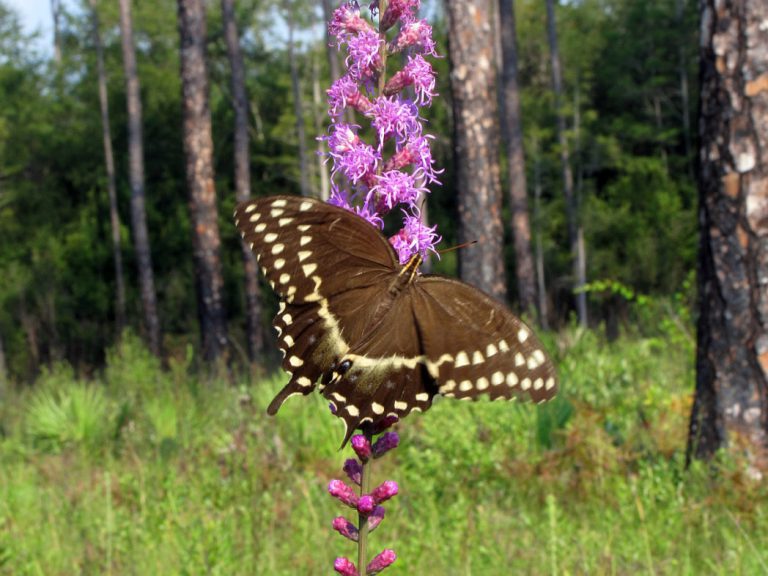
Pollinators and the native plants that support them have come to the forefront this year. The showiest of the pollinators are the butterflies, which often are seen flitting around native wildflowers.
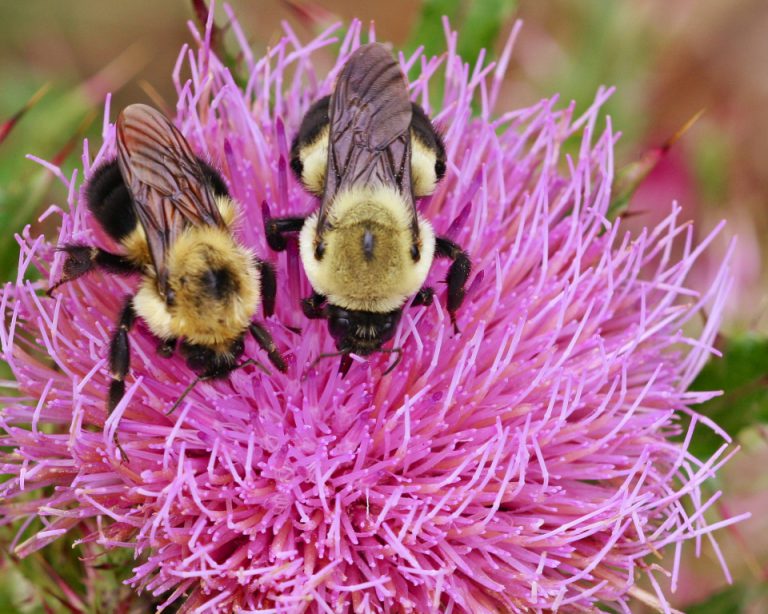
Bumble bees are very efficient pollinators because they “buzz pollinate.” The bee grabs onto a flower and vibrates its flight muscles but not its wings. This causes the flower to release its pollen.
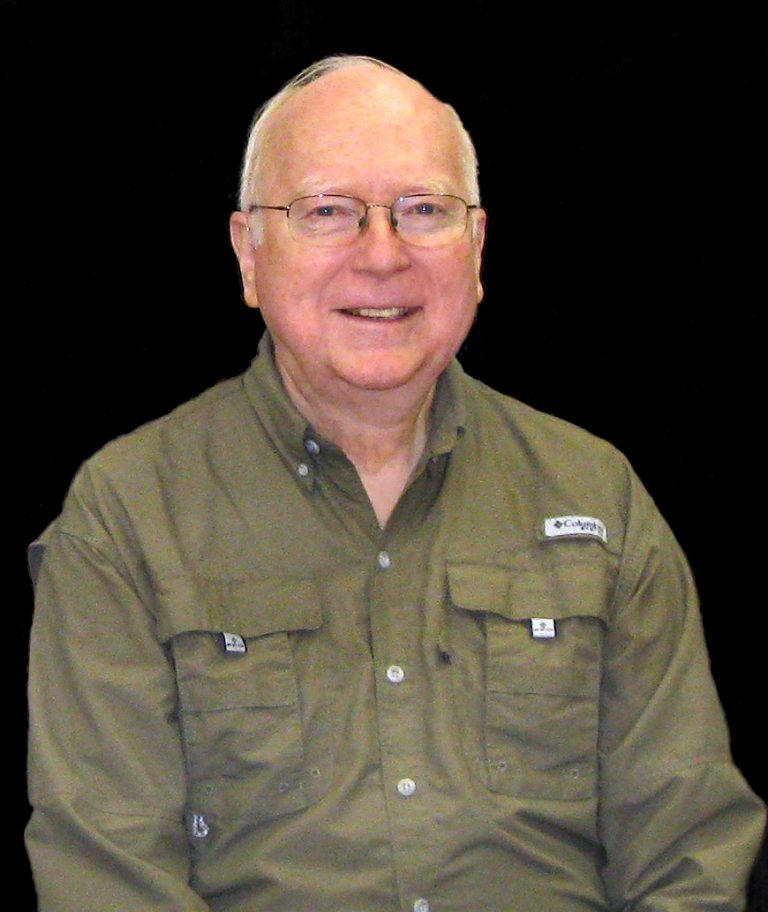
Dr. Loran Anderson is a professor emeritus in the department of biological science at Florida State University in Tallahassee. His research has focused on plant taxonomy and systematics in the Florida Panhandle and elsewhere.
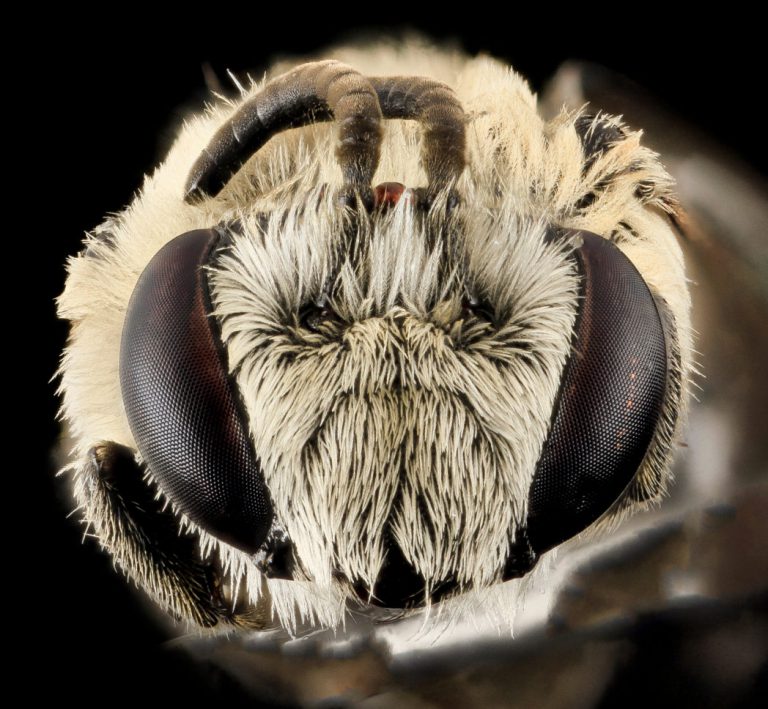
Colletids are one of the smaller bee families in Florida, but are diverse in size and appearance. They’re named for the unique cellophane-like substance that many females secrete to line the walls of their nest cells.
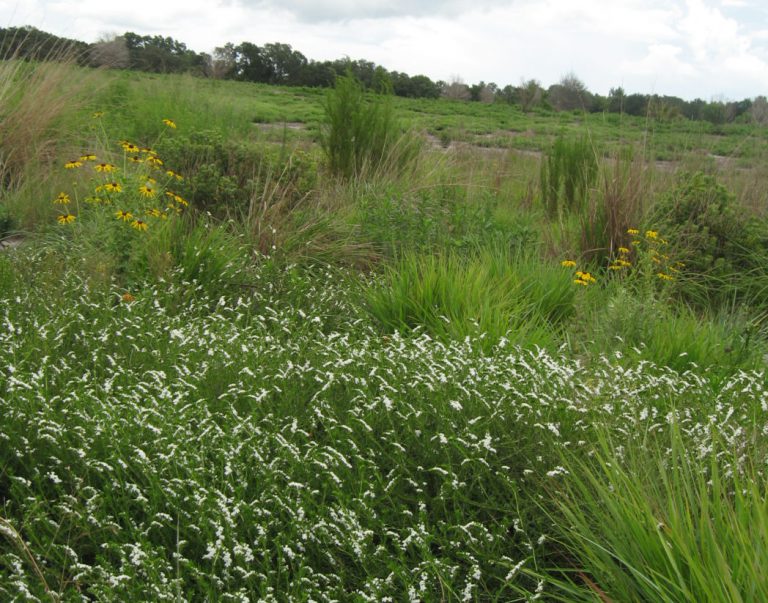
Central Florida gardeners have another location to see and explore native wildflowers and grasses. In 2017, a no-mow wildflower meadow was installed at the Orange County UF/IFAS Extension’s Exploration Gardens in Orlando, funded by the Viva Florida Landscape Demonstration Garden grant.
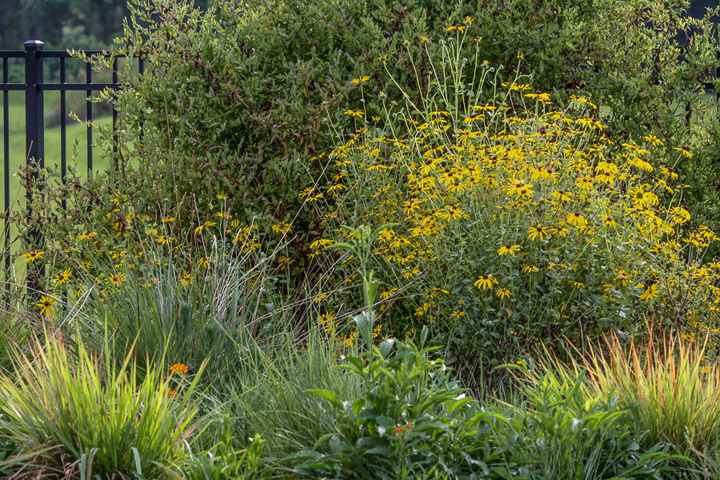
As summer progresses many of our fall-blooming wildflowers become tall and stately, forming backdrops and filling fence rows as they reach peak bloom from September through December. But this is when storms increase, bringing intense waves of wind and rain.
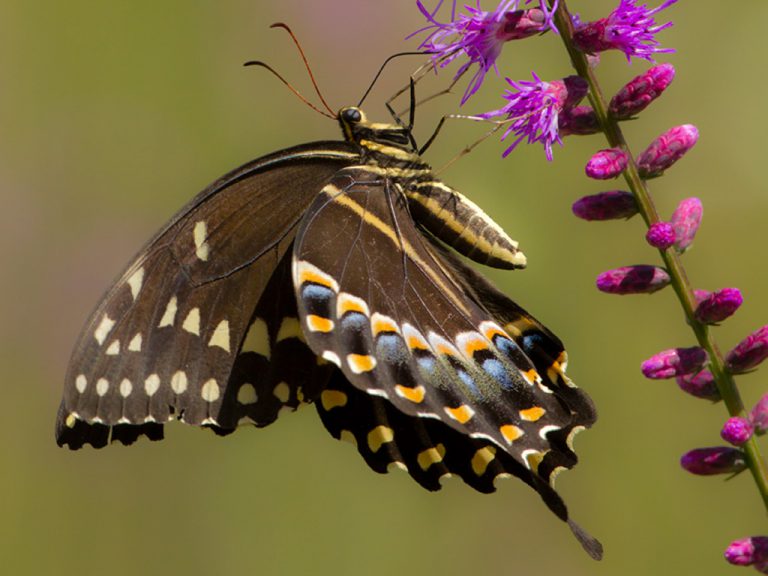
The Florida Wildflower Foundation has received a $17,000 grant from Stanley Smith Horticultural Trust for its project, “20 Easy Wildflowers to Grow Now!” It includes a publication, continuing education courses for horticultural professionals, and live social media events.
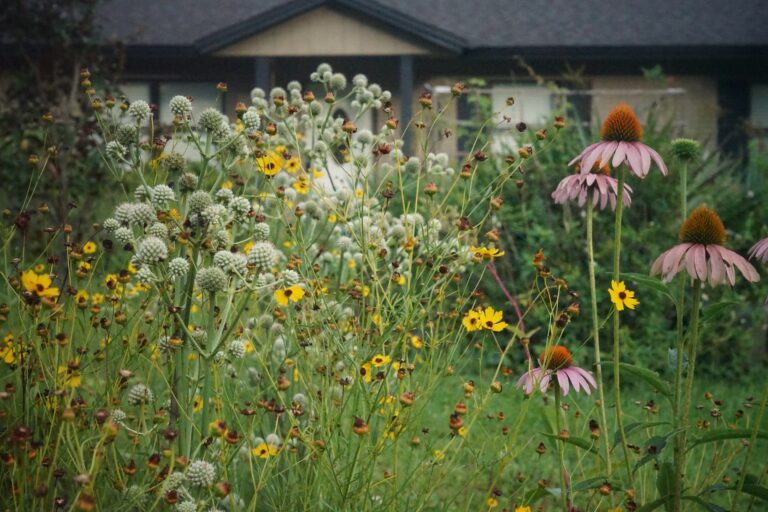
Thinking of native wildflower gardens as habitat is a new mindset whose time has come. Learn how to make the transition for the sake of wildlife.
With interest mounting in using wildflowers in urban landscapes, there is a huge demand for information about Florida’s native plants. “20 Easy-to-Grow Wildflowers” features a selection of 20 “tried and true” species that are easy to grow and maintain.
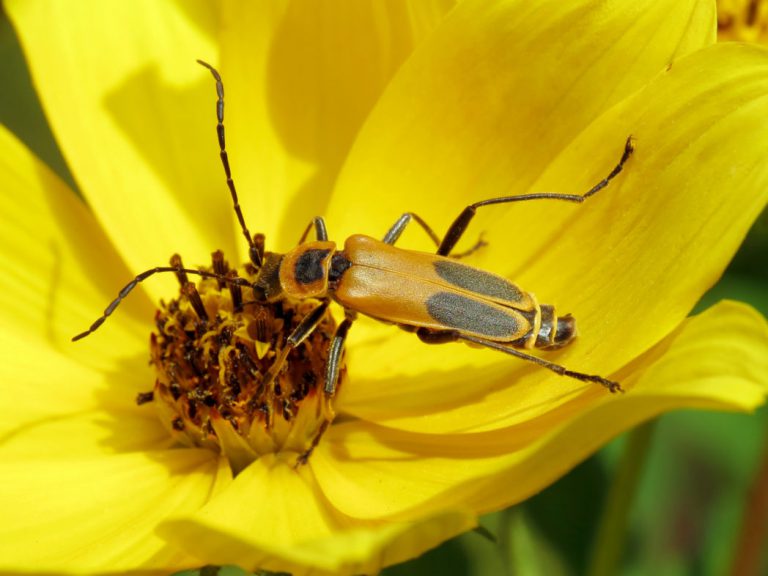
Goldenrod soldier beetles ( Chauliognathus pensylvanicus) are pollinators and predators of pesky garden pests. They are found throughout Florida and most of the United States.